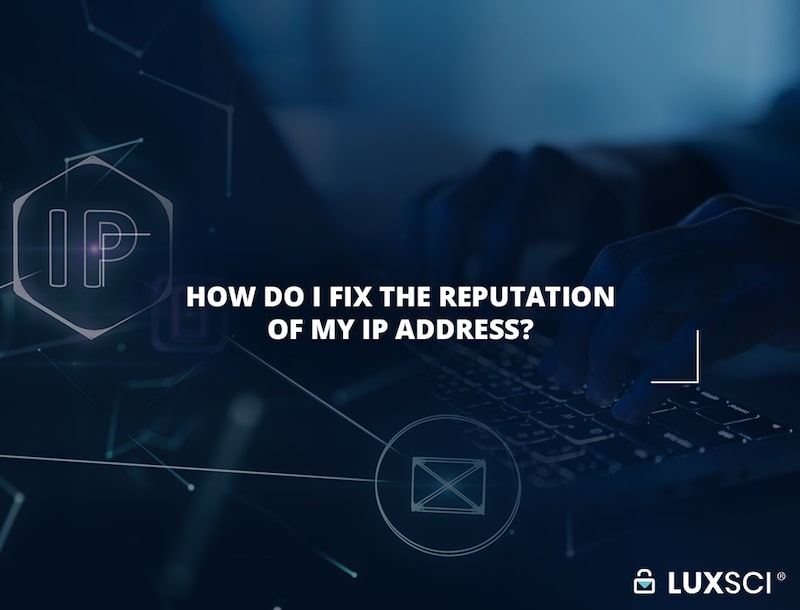No single feature makes a device HIPAA compliant, as compliance derives from a combination of security controls, administrative policies, and appropriate usage practices. Healthcare organizations must implement encryption, access restrictions, and monitoring capabilities to ensure devices handling protected health information meet regulatory requirements. While manufacturers may advertise “HIPAA compliant” products, the responsibility for maintaining HIPAA compliant status ultimately rests with the healthcare organization through proper configuration, management, and usage in clinical environments.
Physical Security Requirements
Healthcare technology requires physical protections to prevent unauthorized access to patient information. Organizations aiming to render a device HIPAA compliant should consider location restrictions that limit where equipment can be used or stored. Physical safeguards include screen privacy filters that prevent visual access from unauthorized viewers, device locks securing equipment to fixed objects, and controlled access to areas containing sensitive technology. For portable devices, theft prevention features like tracking software and remote wiping capabilities provide additional protection. These physical controls complement other measures to create more complete security for healthcare devices.
Data Encryption Implementation
Encryption is a requirement for becoming fully HIPAA compliant in healthcare settings. Organizations should implement full-disk encryption that protects all information stored on device hard drives or solid-state storage. For devices transmitting data across networks, communications encryption using current protocols prevents interception during transmission. Mobile devices particularly benefit from encryption since they face higher risks of loss or theft. Many healthcare organizations establish minimum encryption standards that all devices must meet before connecting to clinical systems or accessing patient information. Proper encryption key management ensures data remains accessible to authorized users while maintaining protection from unauthorized access.
Access Control Systems
Controlling who can use devices and access the information they contain forms an essential part of compliance. Healthcare organizations typically establish access policies supporting HIPAA compliant operations requiring unique identification for each user. Authentication methods range from passwords or PINs to biometric verification like fingerprint scanning or facial recognition. Automatic timeout features terminate sessions after periods without activity. Role-based permissions restrict what information different users can view based on their job functions. These layered access controls help prevent both external threats and inappropriate internal access to sensitive patient data.
Mobile Device Management
Mobile technology presents unique compliance challenges due to portability and varied usage contexts. An approach to HIPAA compliant management includes mobile device management (MDM) solutions that enforce security policies across smartphones, tablets, and laptops. These management systems can remotely configure security settings, install updates, and even wipe devices if lost or stolen. Application controls limit which programs can be installed or access protected health information. Many organizations implement container solutions that separate personal and clinical applications on the same device. These management capabilities provide consistency across diverse mobile platforms while adapting to healthcare workflows.
Audit and Monitoring Capabilities
HIPAA regulations require tracking access to protected health information, making monitoring important for device HIPAA compliant certification. Devices handling patient data should maintain logs recording user activities, data access, and system events. Security monitoring tools analyze these logs to identify unusual patterns that might indicate unauthorized access. Vulnerability scanning helps identify security weaknesses before they lead to data breaches. These monitoring capabilities not only help detect potential security incidents but also provide documentation of compliance efforts during regulatory reviews or audits.
Maintenance and Update Procedures
Maintaining device HIPAA compliant status requires ongoing attention to emerging security threats and vulnerabilities. Organizations should establish procedures for promptly applying security patches and updates to all devices accessing protected health information. Asset management systems track which devices need updates and verify completion. End-of-life policies ensure obsolete devices that can no longer receive security updates are removed from clinical use. Lifecycle planning addresses hardware and software obsolescence before it creates security gaps. These maintenance procedures help ensure that devices remain compliant throughout their operational lifespan in healthcare environments.











